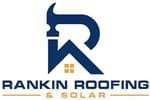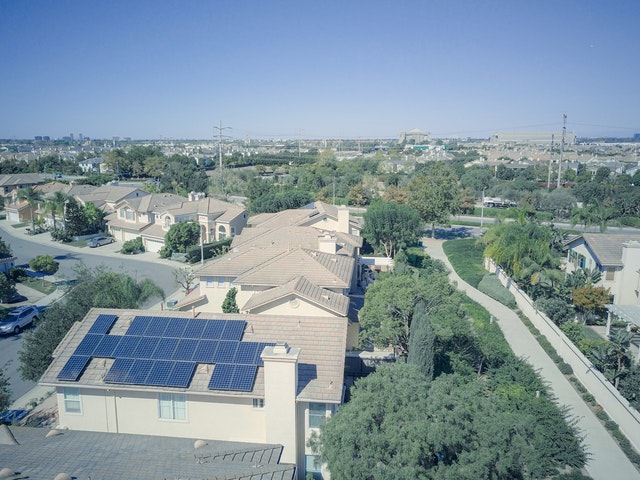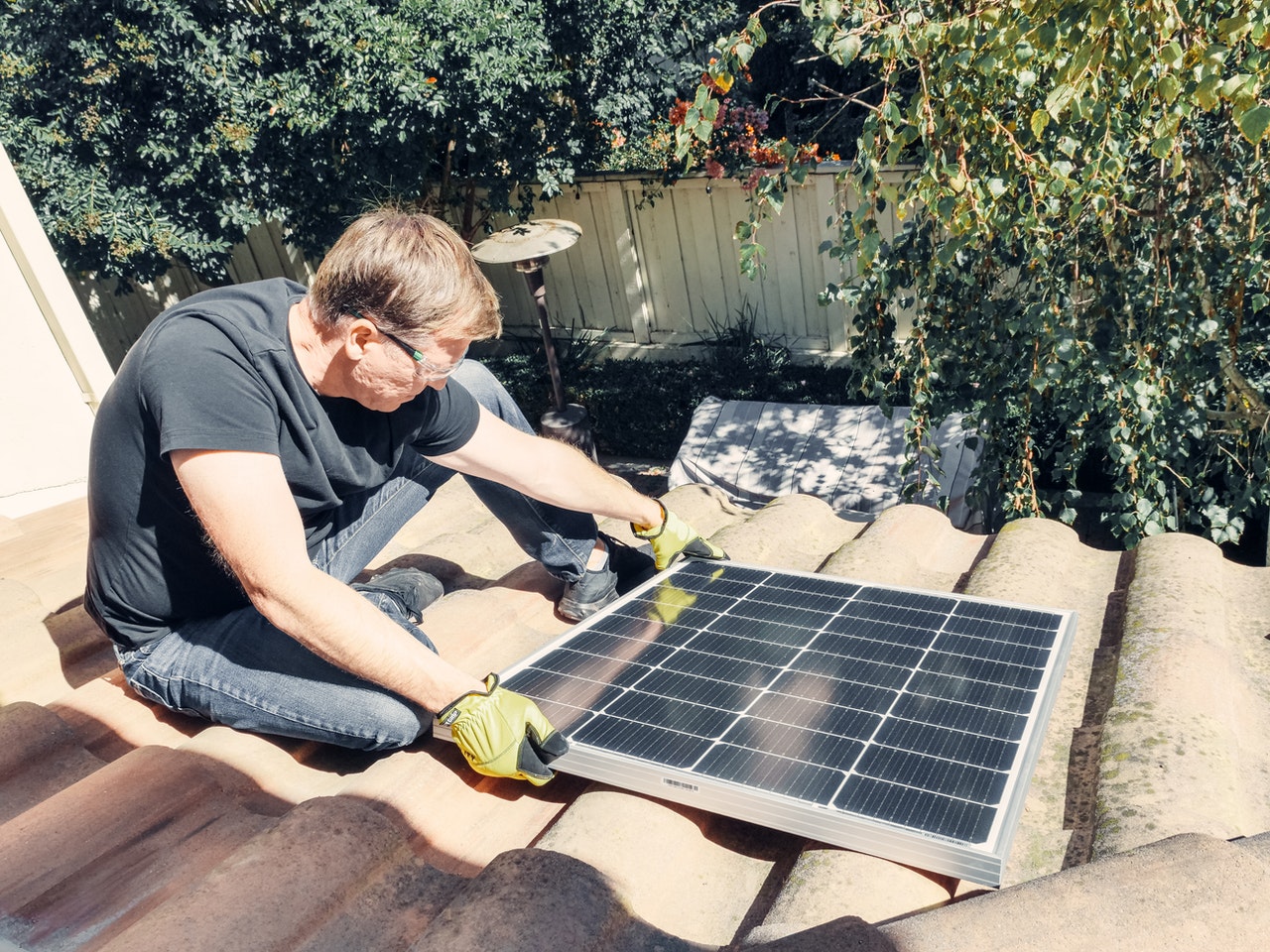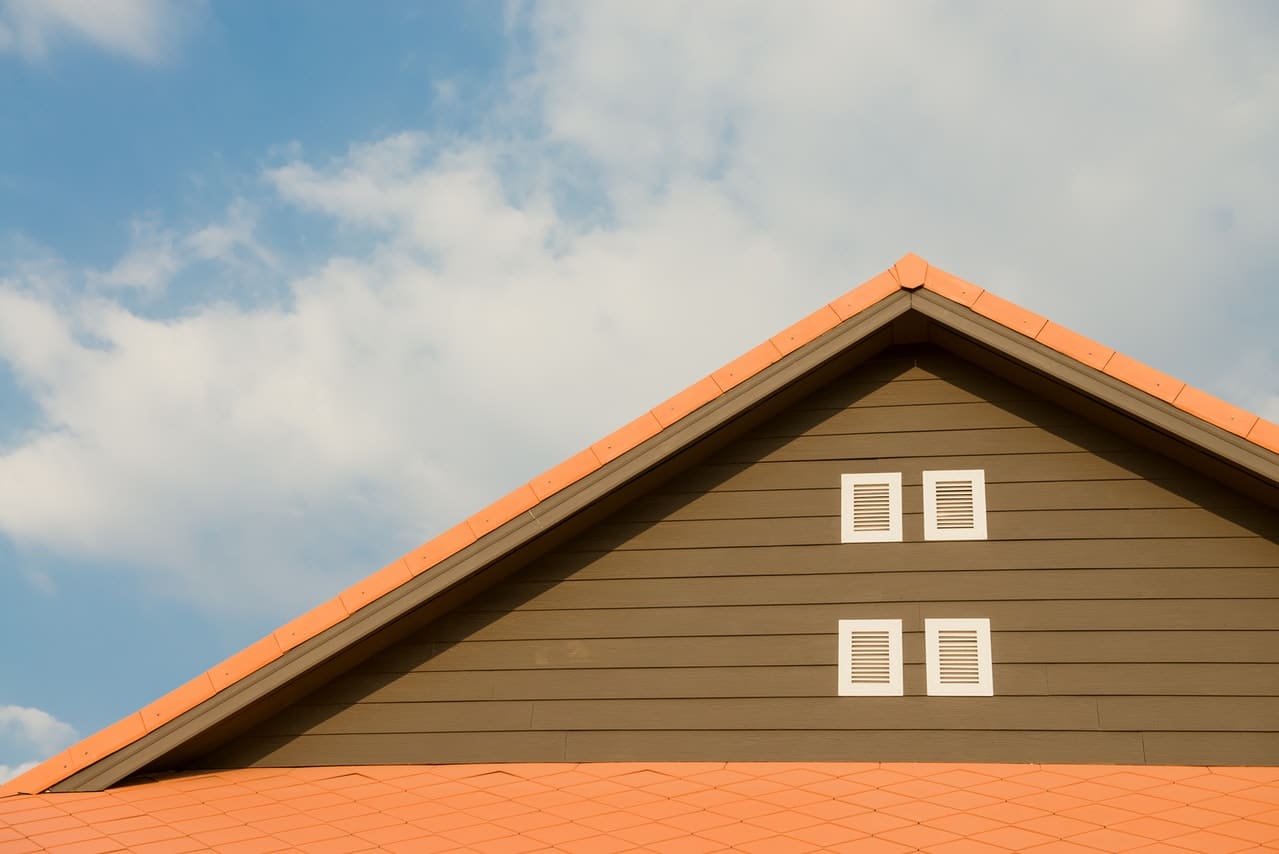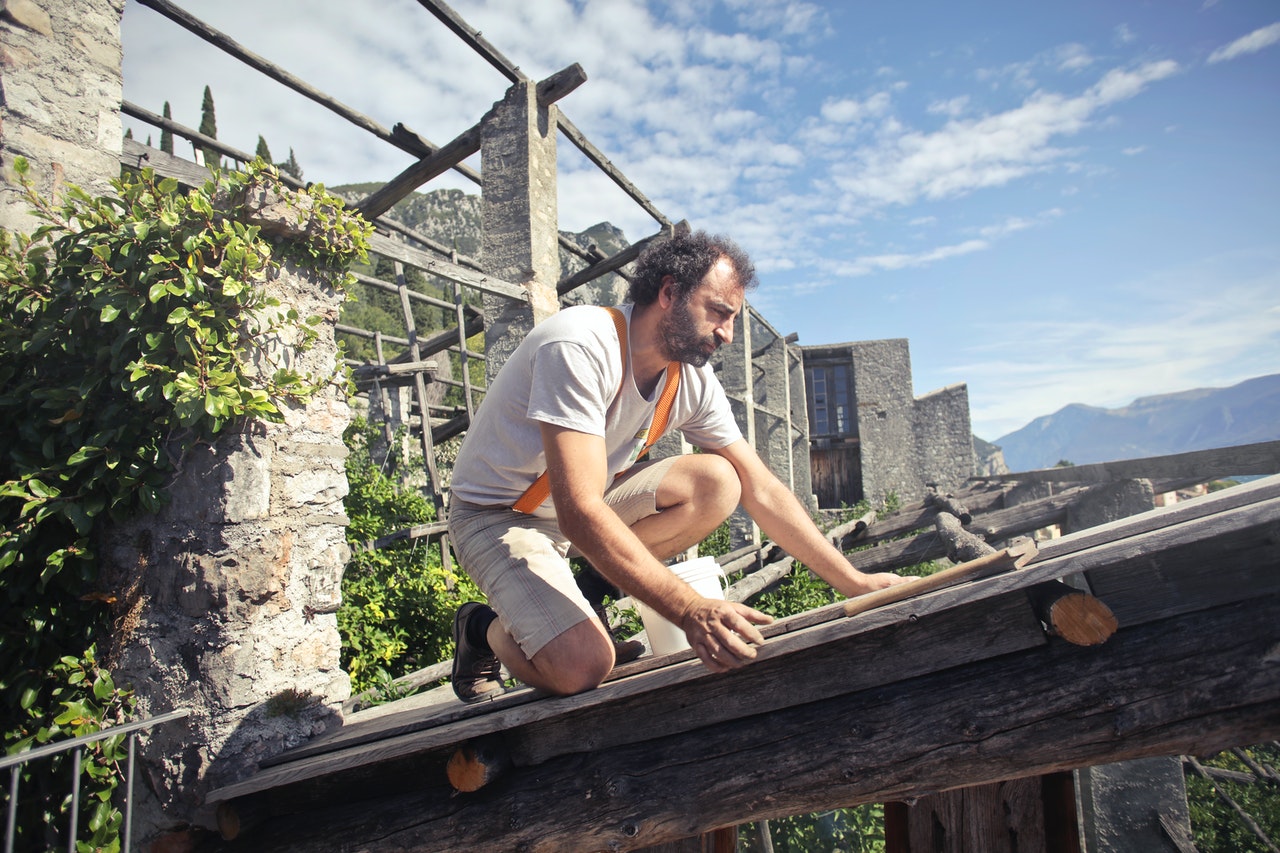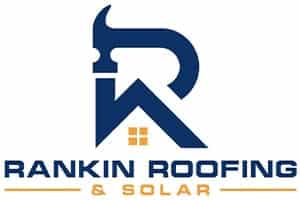Determining the angle of a solar panel is an important decision to ensure the panel is positioned to maximize the amount of sunlight that hits the surface of the panel. Some solar panels track the Sun, which uses more energy and is less efficient, and offers a shorter lifespan. Fixed panels require less power, are more efficient, and last longer than panels that track the Sun. They are often set to follow East-West lines so that they receive equal sun exposure for equal amounts of time every day. While this simplifies design and installation, it does not necessarily maximize power output.
Solar Panel Orientation and Position: Why It is Important
The angle of a solar panel is important to maximize energy output. In general, the angle of the panel should be set so that it receives the most sunlight possible. This is determined by the season in which the installation takes place, the latitude of the installation, and local weather conditions.
Direction
There are two basic types of solar panel land deployment: the East-West orientation and the North-South orientation, which can be thought of as a single row of solar panels that face south. An East-West foundation is most appropriate if you want to maximize solar exposure for a location. Using a North-South orientation is the least expensive but offers less exposure, power, and efficiency. Therefore, the North-South orientation is simple to install and only allows for full panels at the location’s northern and southernmost points. The East-West orientation allows for panels to maximize the number of hours they are exposed to the sun’s rays.
Positioning
The exact positioning of each panel is generally determined by the country or region it is installed. This is because solar panels are most effective when they are angled to the north or south. Each region has its own guidelines for solar panel positioning, which can be found at the country’s energy agency or state utility commission.
Latitude
The earth’s axis is not perpendicular to the plane of its orbit. This means that the sun doesn’t rise and set directly east and west. Depending on where the solar panel is installed, it will receive the most exposure at different angles. For example, panels placed at higher latitudes, closer to the north and south, will have more exposure than those installed at lower latitudes.
Tilt
The tilt of a solar panel is the angle at which the panel is angled towards the horizon. The angle at which a solar panel is positioned is dependent on the angle of the panel and the latitude of the installation location.
The angle of a solar panel is the most important factor in determining its performance. The angle of a solar panel is calculated using the installation’s latitude and the desired PV vs. tilt angle.
Conclusion
The exact angle at which the panel is installed is dependent on the location. An incorrect angle will result in a loss of power. If you are unsure of how to properly position your solar panels, enlisting the help of a roofing contractor that specializes in solar power will be your ticket to success!
Contact Rankin Roofing and Solar for expert solar services in DFW! a friendly, professional, customer-focused local roofing contractor in the DFW, TX, area! We offer a wide range of the best roofing & solar services while providing an unmatched customer experience. Experience the difference when you work with Rankin Roofing & Solar!
Are You Looking For The Best Local Roofing Contractor?
OR CALL (817) 554-2064
